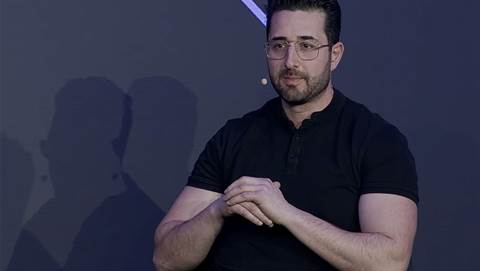There are five key success factors to sustainable construction according to Joy Gai, Asia Pacific Programmes Head at World Green Building Council.
Gai spoke on a panel with Dr Kerry Griffiths, IS technical director for Infrastructure Sustainability Council and Dr Charles Sanchez, BIM implementation consultant at Autodesk last week.

These five factors revolve around the topics of end goal, result, empathy, empower and next.
End goal
According to Gai, the end goal needs to be clarified before assigning a technology solution to the project.
“We want the technologies and also the solutions to inform about what is your end goal. So, whether its net zero as the end goal, or any of the global sustainability goals that you're making, you need to support the end goal,” she said.
Result
Organisations need to decide the end measurable result that they are serving said Gai.
“In the design decision, you're able to simulate what is the end result, then you actually even more useful to inform yourself about the right decision.”
Empathy
Design decisions must take in to account the end user, and how they are going to use the feature. According to Gai, empathising with the end user will drive success for the project.
Empower
Users need to be empowered to use the building by design she said.
Next
Success for sustainable construction does not just come down to design decisions, pre-construction, but also relates to the full lifecycle of the building.
Gai said to ask, “How about when the building is demolished? Is this building, the material going to be reused? What is next? How does it serve the global climate or sustainability in the long term plan?”
The five success factors are key to making informed decisions to ensure a successful construction outcome she said.
“An informed decision is not a success by accident. It is the success that has been carefully planned, simulated, and collected the data and analysed before the building has been built,” said Gai.
According to Dr Charles Sanchez, BIM Implementation Consultant at Autodesk, design decision making is “not a straight line”, and often requires a back and forth process when it comes to reaching the end result.
“Because design is not a straight line, none of these processes and aspects related to sustainability should be a straight line either, They have to be informed decisions,” said Sanchez.
“The more information you have, the better decision you can make, the better outcomes you can get."





_(20).jpg&h=140&w=231&c=1&s=0)



_(26).jpg&w=100&c=1&s=0)

 iTnews Executive Retreat - Security Leaders Edition
iTnews Executive Retreat - Security Leaders Edition












_(1).jpg&h=140&w=231&c=1&s=0)



